Marie Kondo's cleaning method: overview of advantages and features
Content:
Probably, any housewife will agree that cleaning the apartment and maintaining order is not an easy task. Let's consider a special method of the Japanese Marie Kondo, which will allow you to achieve success in a difficult task without any extra effort.
Marie is the author of the book “Magic Cleaning. The Japanese art of putting things in order at home and in life”, consisting of 5 chapters. It offers a whole concept of cleaning the apartment.
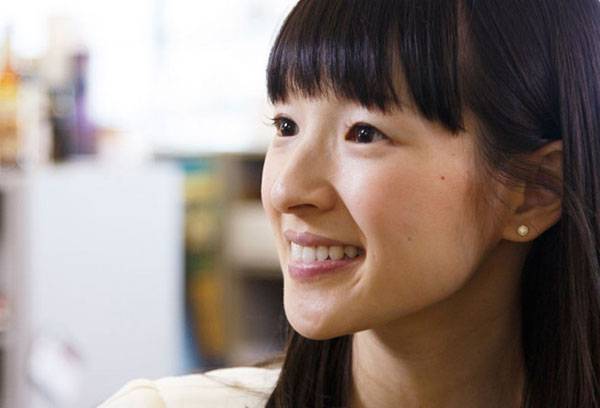
Marie Kondo
Features of the method
Many housewives hate cleaning, considering it their duty - uninteresting, devoid of creativity and dreary. However, Marie Kondo suggests taking a different position, considering cleaning the house as a great way to collect your thoughts, think about your life, and put “everything in order.”
Therefore, house cleaning turns from a boring routine task into a process of putting things in order in your own life.
It is interesting that the author of the method was interested in the system of rational cleaning in her early youth, but none of her friends could then even think that in the future the love of cleanliness would bring Marie millions.
Basic provisions
Let's look at the key ideas of the Japanese magical cleaning method called KonMari.
- Get things in order once and for all.Marie categorically disagrees with those manuals and magazines that suggest cleaning your apartment a little every day. She is sure that the whole house should be cleaned at one time. And then - maintain order. This is how you can change your habits and even your own thinking.
- Working a little every day risks stretching out to infinity. Daily tidying does not give a person motivation, since he does not see the result of his efforts.
- Marie Kondo advises to ruthlessly get rid of unnecessary things: old clothes, textbooks, soft toys, old collections. This will help quickly transform your home.
So, there should be only the necessary things in the house. Keeping anything in case of a difficult financial situation or other adversity is unacceptable.
Getting rid of unnecessary things
According to Marie Kondo's concept, why should you keep your home clean and tidy? This will help you gain and maintain energy that will be useful in life.
The key principles underlying the method are:
- getting rid of junk;
- placement of necessary things rationally.
Cleaning is a special event that will help change not only your home, but also your life. However, it is very difficult to bring order to a home where there are a lot of unnecessary things, which is why they should be eliminated.
There is a well-known method for getting rid of trash - throwing out one thing every day. Marie Kondo strongly disagrees with him. You need to throw away all unnecessary things at once.
Advice
You should get rid of trash alone: family members may unwittingly influence the decision and force you not to throw away unnecessary things, which will reduce all efforts to zero.
Secrets of "decluttering"
How does Marie advise getting rid of old things?
- You should adhere to a simple rule: first throw away everything unnecessary, only then arrange the necessary things.
- Set a clear goal for yourself. It is better to take the time to formulate and clearly understand the end result than to act without motivation.
- Try to throw away old things as quickly as possible. Without really thinking about it.
The criterion for selecting items that should be saved and disposed of is simple. Ask yourself if they spark joy. If yes, the item remains; if not, it is mercilessly thrown away. At the same time, every thing about which a question arises must be taken in hand. Then an understanding of whether it is necessary will come to mind.
Analysis by category
To simply and easily determine which things should be classified as trash and thrown in the trash, and which ones should be left, the Japanese advises to act by category, and not by place.
So, it is wrong to dismantle one wardrobe and then start on another. Marie Kondo recommends collecting all the clothes in the house in one room and working with them, then taking up books in the same way. This will help you clearly understand how many things you already have.
When cleaning a large house, when it is not possible to disassemble everything “in one fell swoop” in a day, it is necessary to act precisely by category - sorting them out one by one. Another important point is that this technique will help to avoid moving objects from one place to another. So, having started cleaning, many housewives can simply move some things that they don’t want to deal with from one room to another, then to the kitchen, then to the pantry. And order will never come. Cleaning the entire room at once or working with categories will not give you the opportunity to postpone the item “for later.”
The right start
One of the secrets to magical tidying is to start categorizing things right. Marie Kondo writes that a beginner needs to choose the simplest category. Thus, a family photo album and other souvenirs are a bad decision, since these items are associated with memory, memories, and it is difficult for people to decide whether they are necessary. The following sequence of categories is proposed:
- cloth;
- books;
- documentation;
- miscellaneous;
- souvenirs and other memorabilia.
This order will make the cleaning process quick and efficient.
Advice
Marie Kondo assures that you should not give in to the temptation to get rid of trash by donating some things to your relatives. They don't need old things either. When deciding to give something away, you should find out in advance whether the recipient feels the need for it.
Complex cases
What to do if certain things, clearly unnecessary, cannot be thrown away - your hand does not rise. The book contains valuable advice:
- you should talk to this thing;
- thank her for her service;
- recognize merit;
- say goodbye;
- throw it away.
This is the only way to restore order. Giving in to weakness even once is unacceptable.
Cleaning by category
So, the first stage of cleaning according to Marie Kondo is completed, all unnecessary things have been thrown away. Now you need to correctly sort those items that are considered necessary. How to proceed?
- You need to start with the simplest categories, for example, clothing. This will help you learn how to make decisions.
- Each category is divided into subcategories (for example, clothing - into sweaters, socks, underwear, and so on).
- The clothing category also includes shoes.
When cleaning using the Kondo method, you should follow a specific procedure.
- Collect all your clothes in one place.
- Ask a question - do I want to see this thing again - and answer it.
- Items designated for disposal cannot be converted into home clothes.
Those things that no longer bring joy should be said goodbye and thrown away.
How to fold?
Consider Marie Kondo's rules for folding things. First of all, how to put clothes in a closet? You can save space not by hanging things on hangers, but by folding them. In this case, physical contact is made with each thing, which is considered important.
What procedure should be followed?
- Imagine the end result - what the closet will look like.
- Fold each item of clothing into a rectangle shape.
Advice
To get the desired rectangle, you need to proceed like this: lay the sides of the object towards the center, bend the sleeves inward. Align both sides of the rectangle, then fold the product in two or three times (depending on the height of the box and the size of the product). Folded correctly, wardrobe items will look like a roll.
- Things folded in a rectangle are placed vertically in the closet.
- Dresses, coats, jackets, and skirts should be hung in the wardrobe. It is not recommended to fold them. The same applies to expensive designer clothes.
Placing clothes in this way will help save space in the closet and make it more convenient to remove them.
Gifts and other things
When analyzing the “Other Things” category, Marie Kondo recommends following these rules.
- All change should be in your wallet.
- The gift has already fulfilled its main function, giving joy at the moment of delivery. Therefore, if it does not perform any function and is not particularly valuable to the owner, you can throw it away.
- Boxes from mobile phones, as a rule, are no longer useful; you can part with them without pity. This also applies to wires and laces, the purpose of which has long been forgotten.
- Broken equipment must be disposed of. If you didn’t have the time or desire to fix it earlier, it won’t appear in the future either.
Advice
Free items that were received for participating in promotions and were never used should also go in the trash. They do not carry any value; they only clutter up the home.
The recommendations seem quite feasible and logical, the main thing is to just start getting rid of unnecessary things. Gradually, every housewife will get a taste for it and will enjoy the fact that her home is becoming more spacious and comfortable.
A few more secrets
The Japanese method of tidying up offers some more interesting recommendations for beginners.
- All items included in a category should be stored together. For example, documents - only in a specially designated box for them and nowhere else.
- You should sort things within categories by color and size.
- Books, as well as clothing, are divided into subcategories (fiction, reference books, photo albums and other illustrated publications, magazines). All printed publications that have not been read for an extended period of time should be disposed of. This also applies to unread books.
- You should be ruthless with documents and try to throw out as much as possible. Of course, this does not apply to really important papers.
- After attending any training courses, you should try to immediately get rid of the handouts. As a rule, they are rarely useful in later life.
- Credit card statements make you feel guilty about spending money, they don't make anyone happy, so they also need to be ruthlessly thrown away.
Kondo's method seems quite logical, feasible and uncomplicated. The main thing is that it helps to really quickly clear your home of unnecessary things that are stored “just like that,” cluttering the room and creating negative energy.
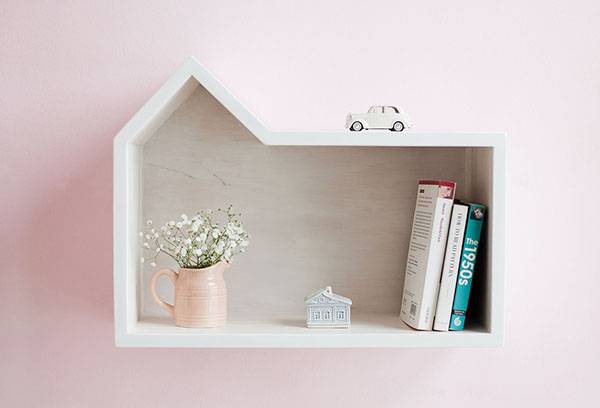

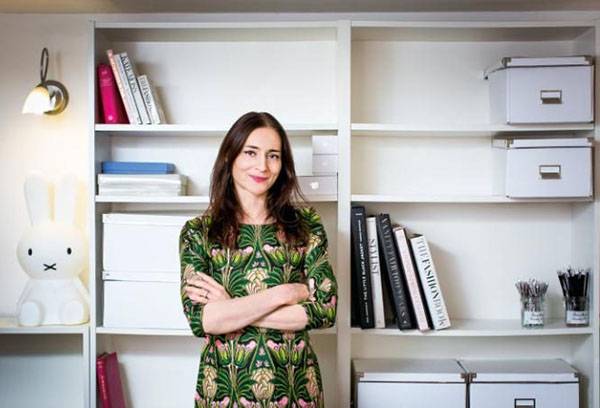
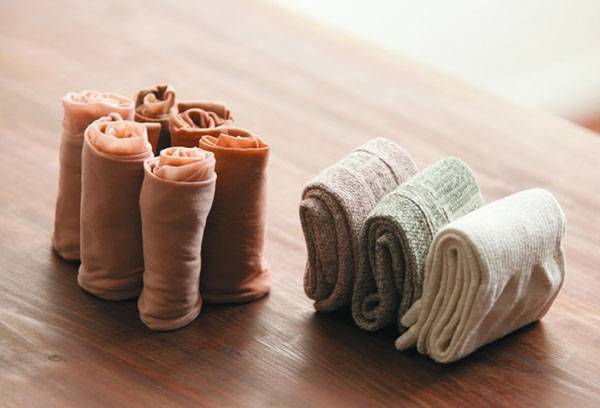
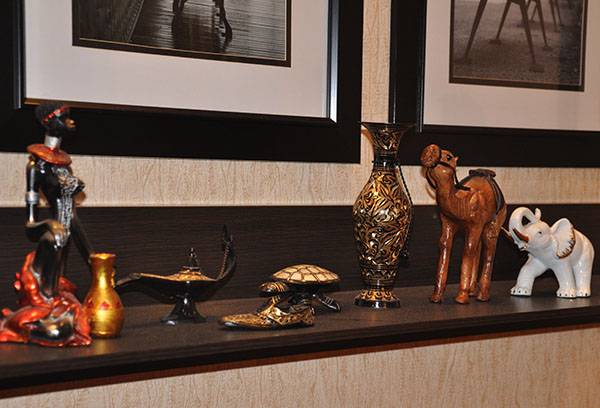
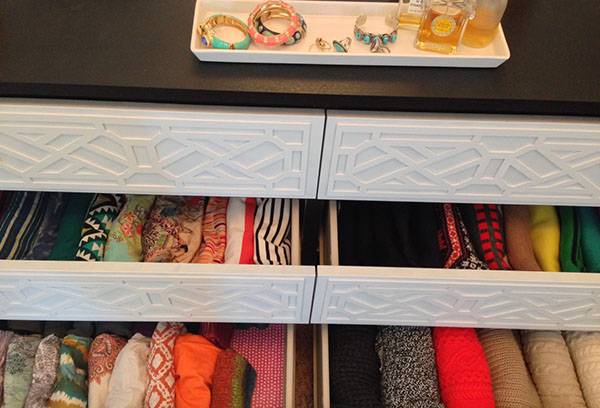
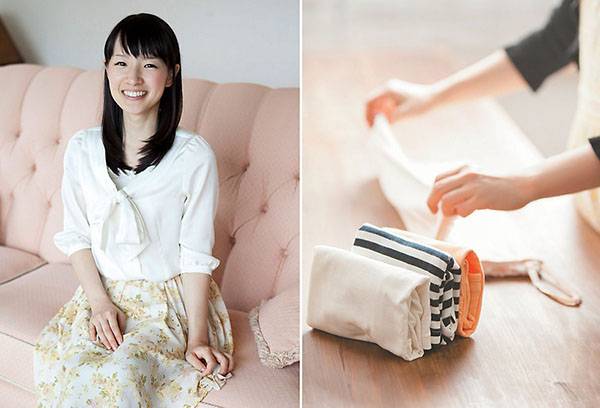
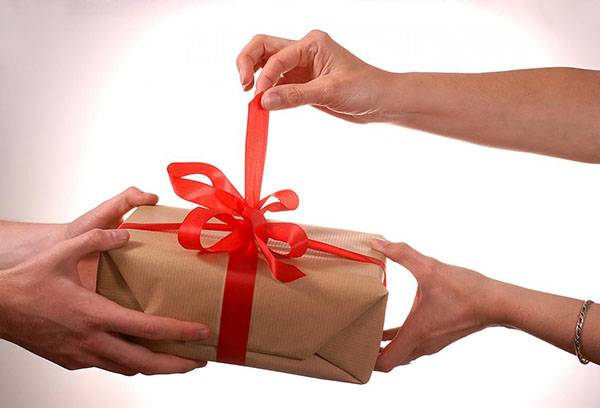
I don’t agree that loan statements should be thrown away, they should be stored for 5 years, and boxes from telephones and household appliances should be thrown away as they are under warranty. And generally not a very effective article, based on throwing everything away. The article is not for Russians.
Boxes from phones and other equipment should be stored for 2 weeks. After this you can throw it away; this does not affect the warranty, unless of course you live in the Russian Federation.
Now according to the article, the system is correct and reasonable. Last year I gave my sister a book on this system, and my wife and I also started using it in our home - there was less junk, more order.